#28 in Vietnam
Bún Đậu Mắm Tôm: Basic Information
Pronunciation
Alternative Name(s)
Dish Type
Course
Mealtime
Popular Variations
Bún Đậu Mắm Tôm: Ingredients and Preparation
Main Ingredients
Main Cooking Method
Preparation Process
Bún Đậu Mắm Tôm: A Deep Dive
Cultural Significance
Taste
Texture
Aroma
Color
Serving Style
Serving Temperature
Accompaniment
Occasions
Seasons
Special Diets
Calories
Popularity
Popular Similar Dishes
- Bún Mắm Nêm
- Ốc Nấu Chuối Đậu
- Bún Riêu Cua
Popular Dining Area
Bún đậu mắm tôm is a Vietnamese dish originating from Hanoi of the Northern region that revolves mainly around a pungent shrimp paste known as mắm tôm.
This street food dish with a strong, bold flavor dipping sauce is the main highlight for serving with fried tofu and rice noodles.
Although the exotic concept of bún đậu mắm tôm only revolves around those three mentioned elements, people later introduced other options like fish cakes, vegetables, pork, fermented pork sausage (nem chua), or pickled eggplants.
Ideally, the shrimp paste used for traditional bún đậu mắm tôm should be customized with the addition of lime or kumquat juice, chili, and sugar to tone down the odor potency.
In some places, people even add a bit of hot oil to the shrimp paste to bring out additional aroma from the dipping sauce.
Most often, bún đậu mắm tôm is a meal shared among a group of people when everything is served neatly in a tray. In Vietnam, it’s a must-try for foreigners seeking exotic flavors.
To better understand bún đậu mắm tôm, I strongly suggest looking into the process of making this dish along with the local way of enjoying it.
Then, discover the vegetables used to diversify the flavor of bún đậu mắm tôm along with the advantages and disadvantages of eating it.
Also, don’t miss some interesting inquiries about bún đậu mắm tôm and some suggestions about specialties that resemble it.
Key Points
Bún Đậu Mắm Tôm Images
How to Prepare Bun Dau Mam Tom at Home?
Here’s how the local Vietnamese easily materialize a set of bun dau mam tom with some of the simplest cooking processes:
Preparing the Tofu
Start with firm tofu blocks, drain and press to remove excess water, cut into bite-sized cubes or slices, heat oil in a frying pan, fry tofu until golden brown, and drain on paper towels.
Prepare Additional Toppings
Depending on the toppings, people often boil meat or fry fish cakes to serve along with the tofu.
Preparing the Mắm Tôm (fermented shrimp paste dip)
Mix mắm tôm (fermented shrimp paste) with lime or kumquat juice, add sugar and minced chili to taste, stir until smooth.
Preparing the Rice Vermicelli
Boil water, add dried rice noodles, and cook until soft, drain and rinse with cold water. Alternatively, you don’t need to boil the noodles if they are fresh.
Accompaniments
Enjoy with sides like fresh herbs, vegetables, and sliced chilies.
Serving
On a plate or bamboo tray, place rice noodles, add fried tofu pieces, serve with fresh greens, and provide mắm tôm dip on the side.
Once you’ve got the hang of what it takes to make bun dau mam tom, don’t forget to learn the right way to enjoy this pungent specialty.
How to Eat Bun Dau Mam Tom?
Eating bún đậu mắm tôm is a delightful experience that combines various textures and flavors. For that, here’s a general guide on how to enjoy this dish:
- Adjust to taste: Squeeze some lime or kumquat juice into it if you find the mắm tôm too strong or pungent. Some people also add minced chili, garlic, or sugar to adjust the flavor to their liking.
- Start with the tofu: Pick up a piece of the crispy fried tofu using chopsticks.
- Dip in mắm tôm: Dip the tofu piece into the fermented shrimp paste dip. In case you’re new, lightly dip the tofu with a bit of the sauce, as it’s quite hard for newcomers to get used to the flavor. For veterans at bun dau mam tom, they often dip it as much as they like.
- Add fresh herbs: Optionally, you should also pick up some fresh herbs and dip them into the mắm tôm as well.
- Combine with noodles: Take a small portion of the rice vermicelli noodles with your chopsticks and dip them into the mắm tôm or eat them alongside the tofu.
- Accompaniments: If the dish comes with additional sides like boiled pork slices, fried meatballs, or seafood, enjoy them by dipping into the mắm tôm as well. Fresh vegetables and herbs are also eaten in between bites to refresh the palate.
After mastering the art of savoring bún đậu mắm tôm, it’s essential to know the right vegetables that elevate the dish’s taste and provide a refreshing contrast.
What Vegetables to Have with Bun Dau Mam Tom?
When enjoying bún đậu mắm tôm, it’s customary to have a variety of fresh vegetables and herbs to complement the dish’s flavors. For that, it’s crucial to prepare these kinds of greens:
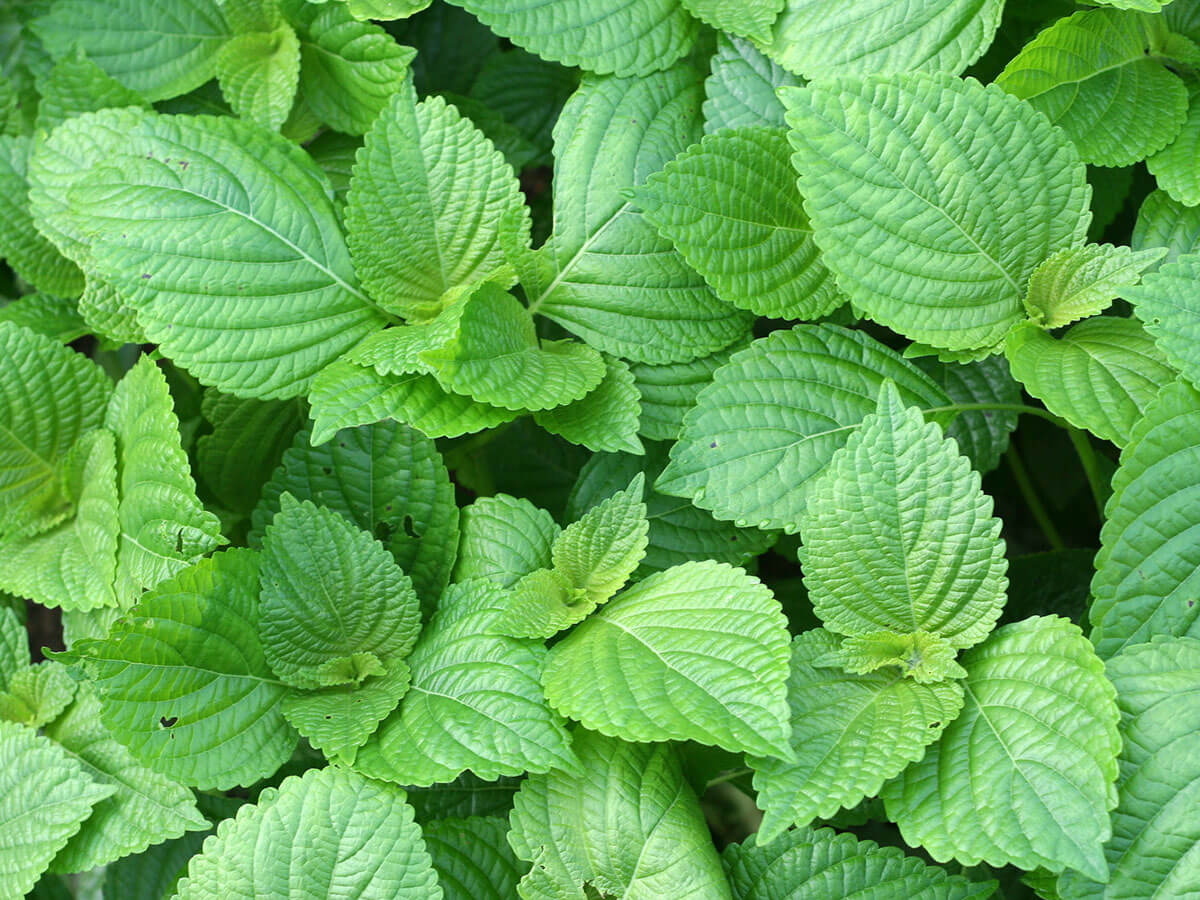
Shiso
A herb similar to basil, it adds a unique aroma and flavor.
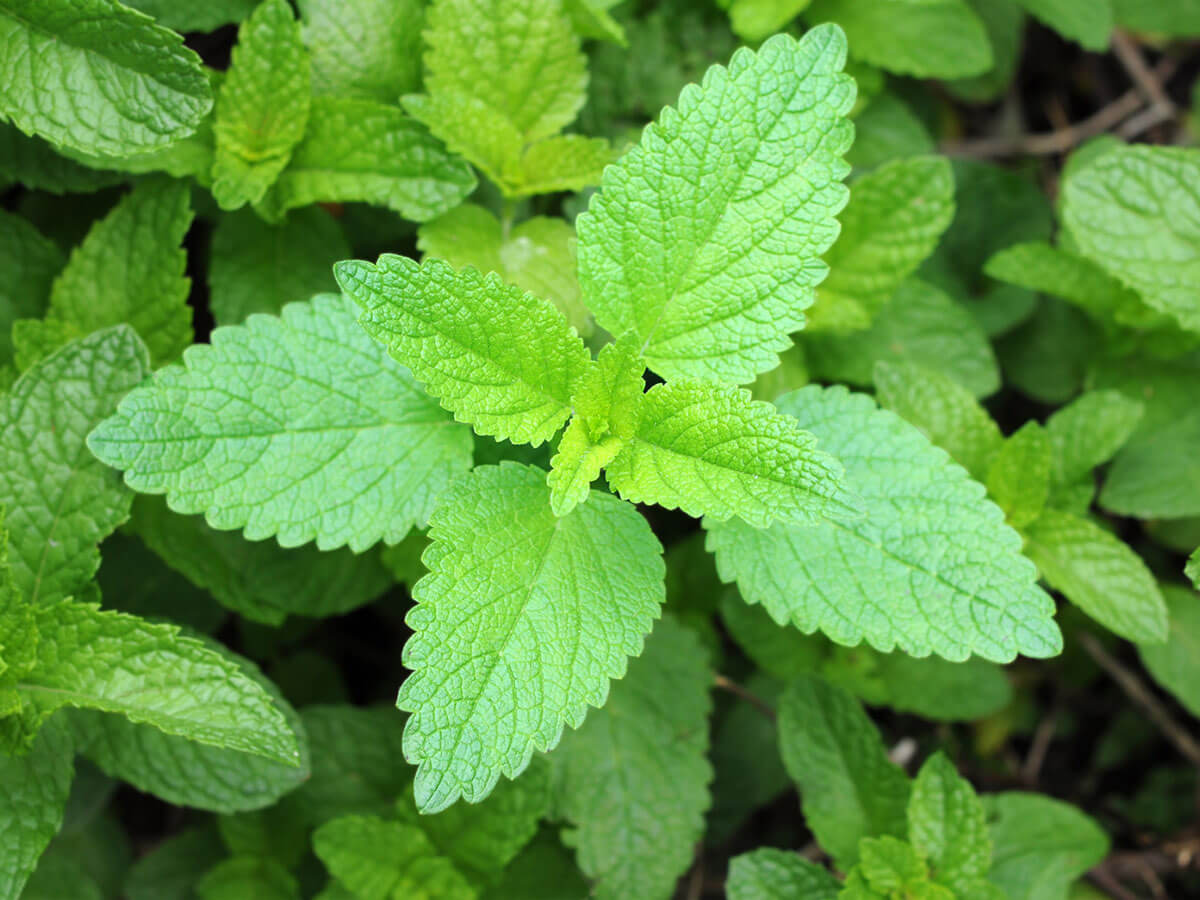
Vietnamese balm
This fragrant herb enhances the dish with its lemony and minty notes.
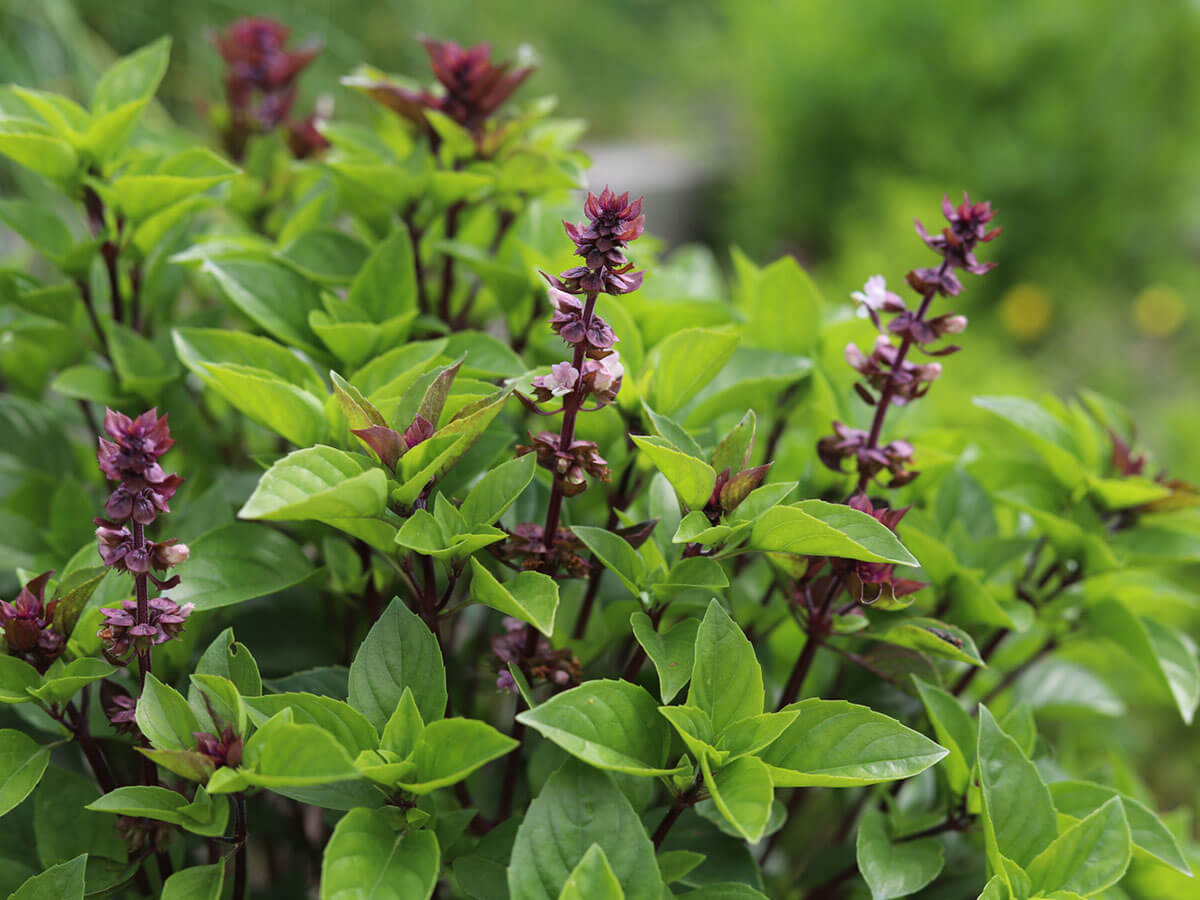
Thai basil
Thai basil has a spicier and more robust flavor compared to sweet basil, adding depth to the dish.
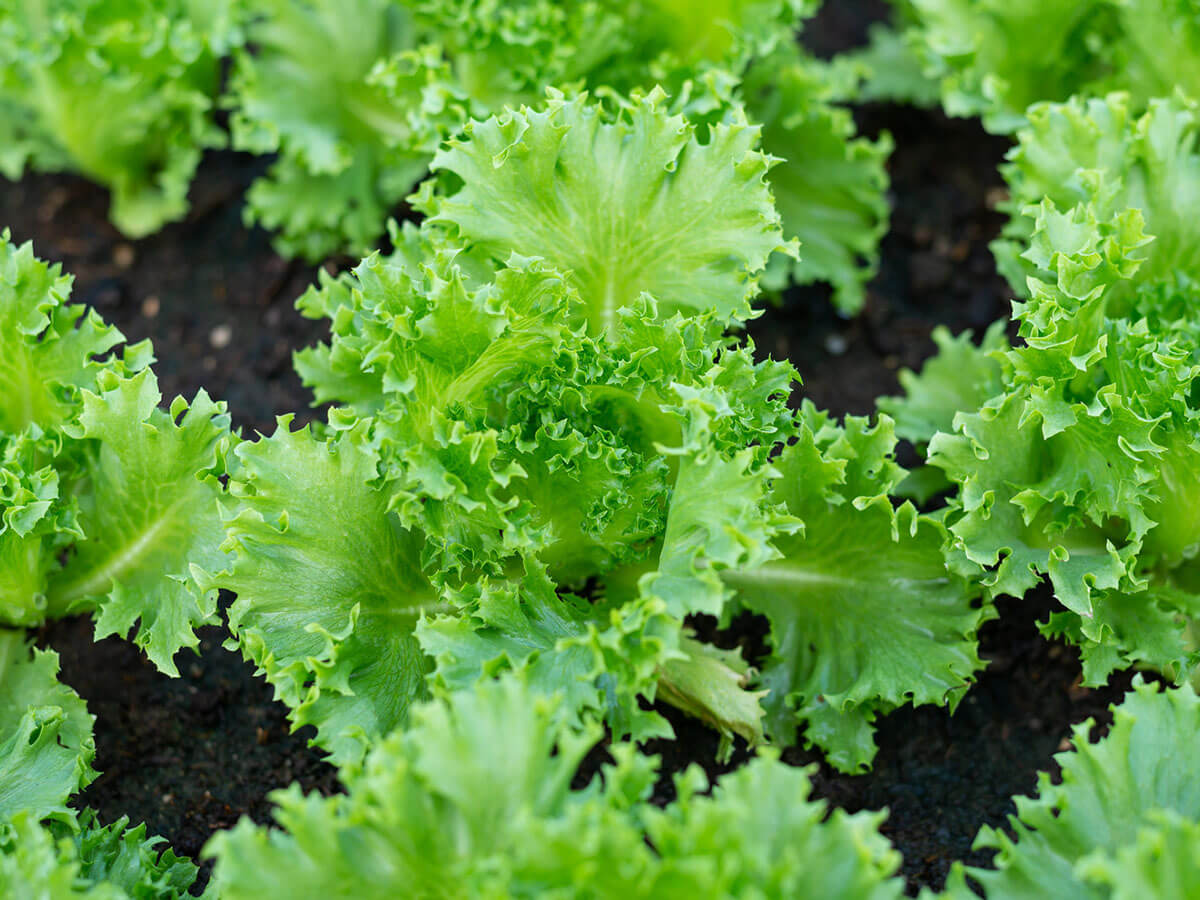
Lettuce
Adds a crunchy texture and is often used as a base for wrapping other ingredients.
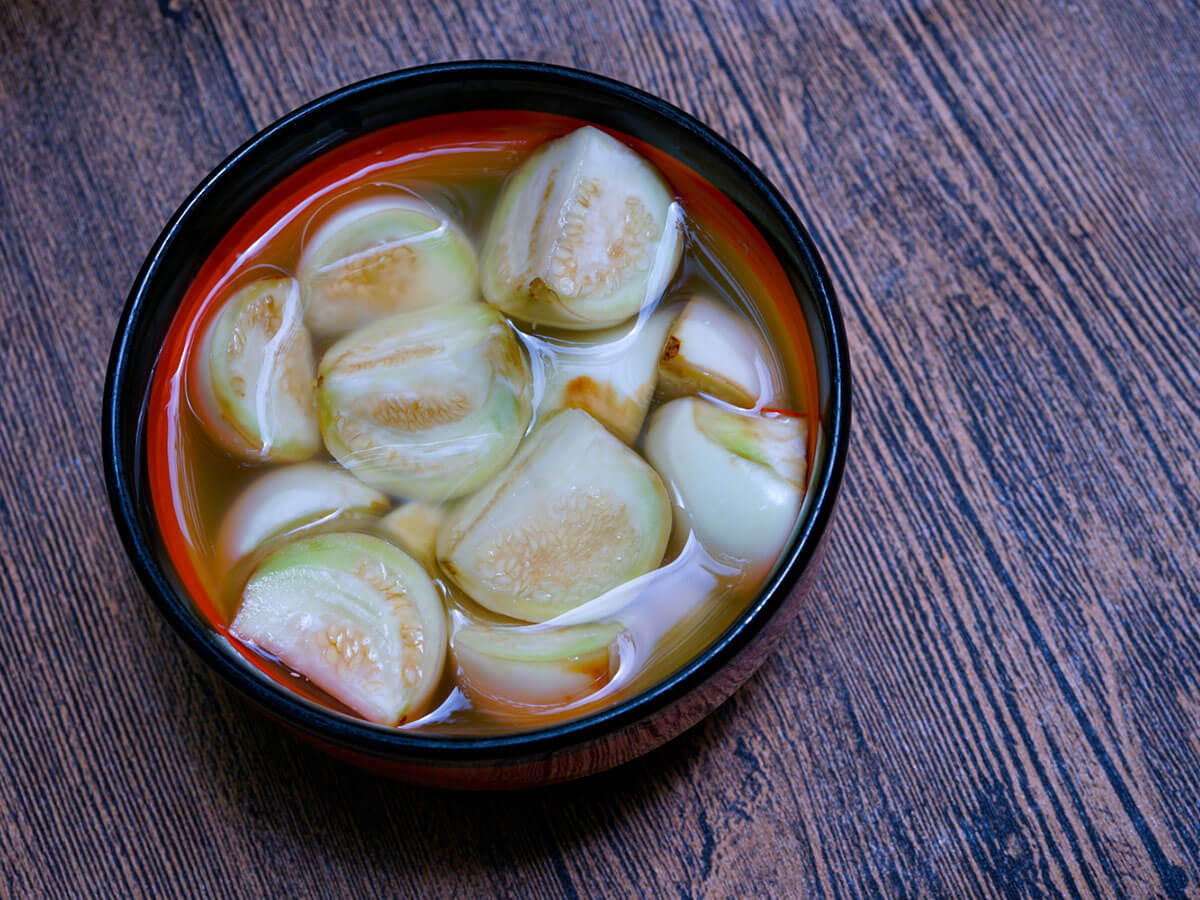
Vietnamese eggplant
These small, round eggplants are pickled and served as a tangy accompaniment.
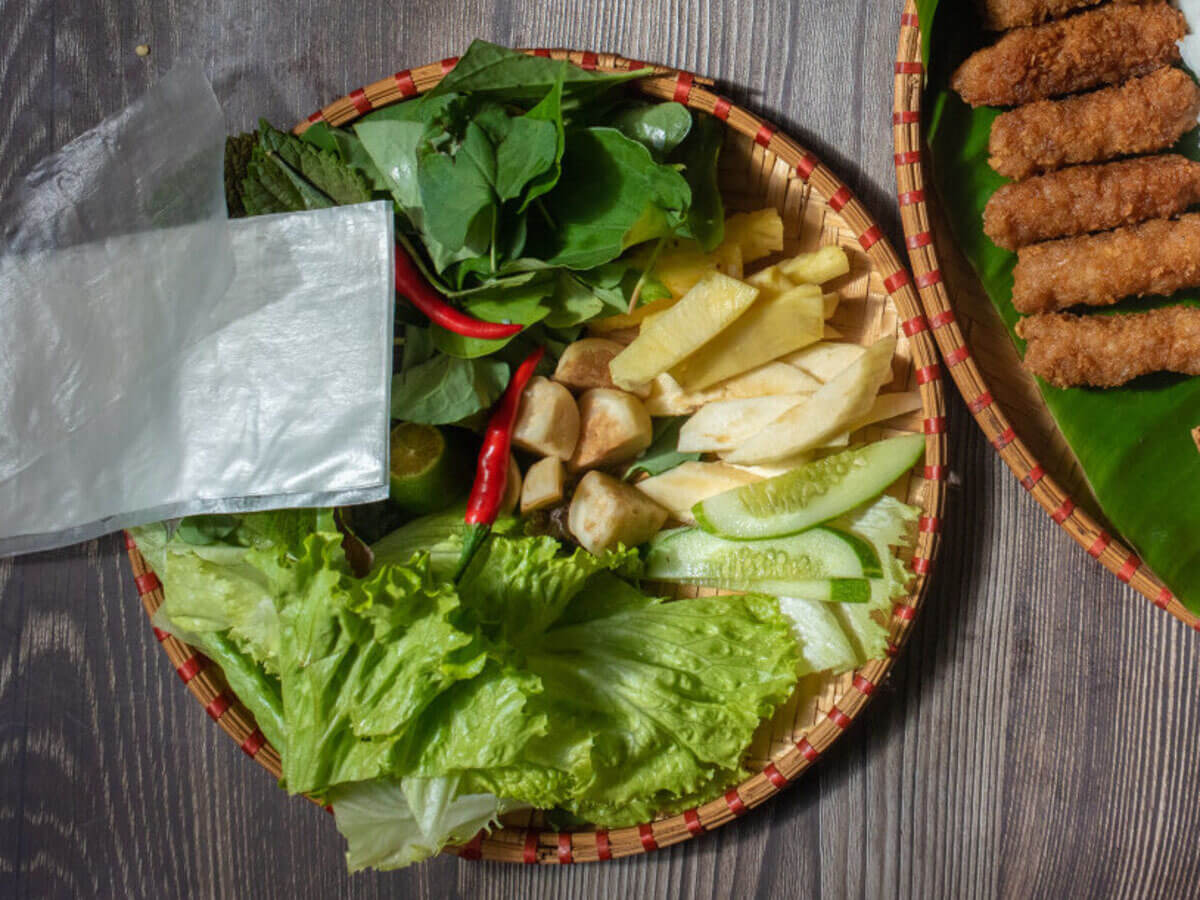
Others
Depending on the region, locals will use whatever vegetables are available, like cucumber, to serve with bún đậu mắm tôm.
Having explored the vibrant vegetables and herbs that accompany bún đậu mắm tôm, let’s now weigh the advantages and considerations of savoring this traditional dish.
Pros and Cons of Eating Bún Đậu Mắm Tôm
Before enjoying bún đậu mắm tôm, here are a couple of features that you should weigh up to see if the dish will suit your appetite:
Pros
Cons
Remember, there’s always more information for you to dig deeper into bún đậu mắm tôm. For that, I suggest having a look at some of the common concerns that people have about this dish.



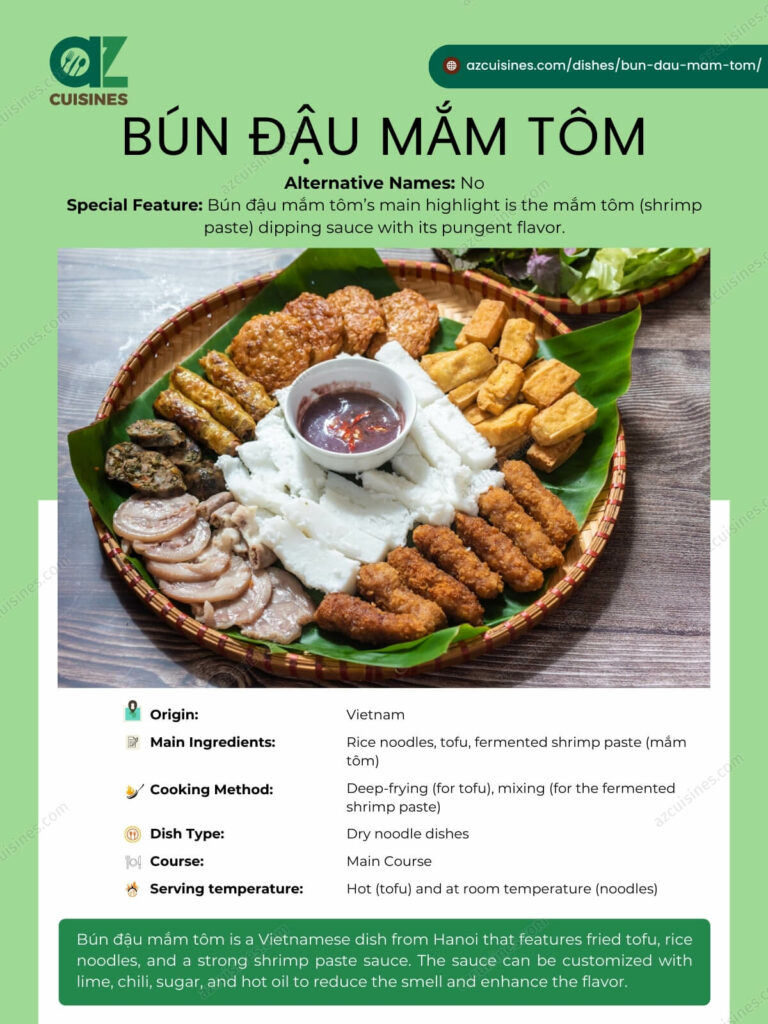
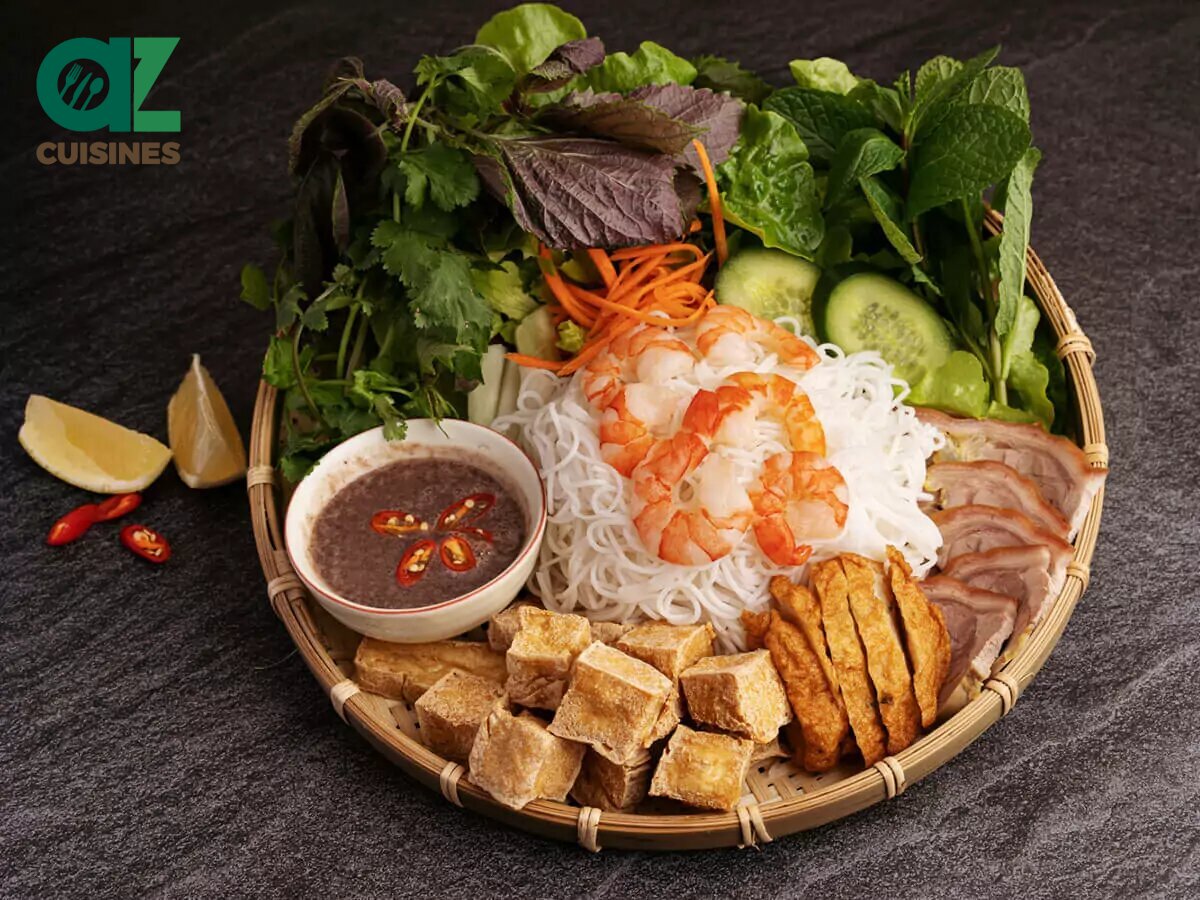
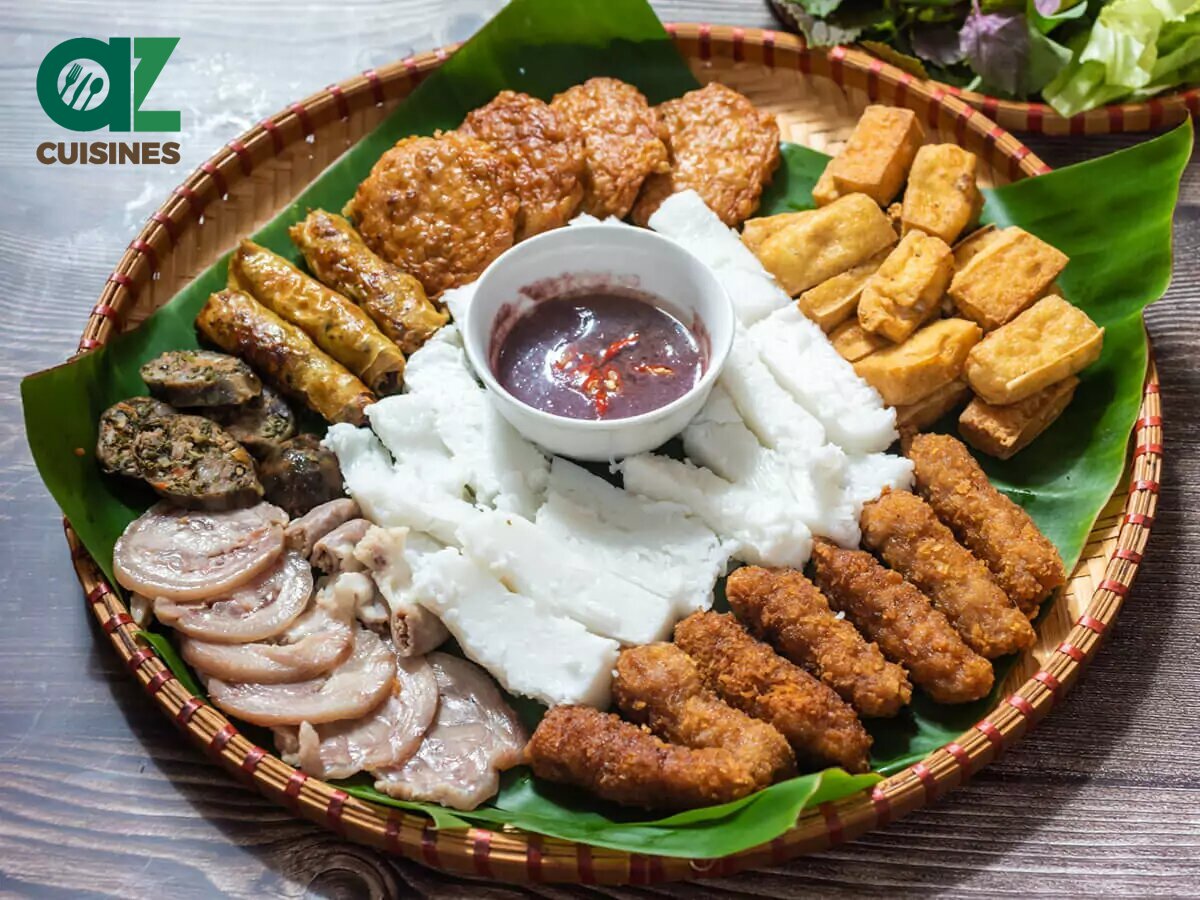
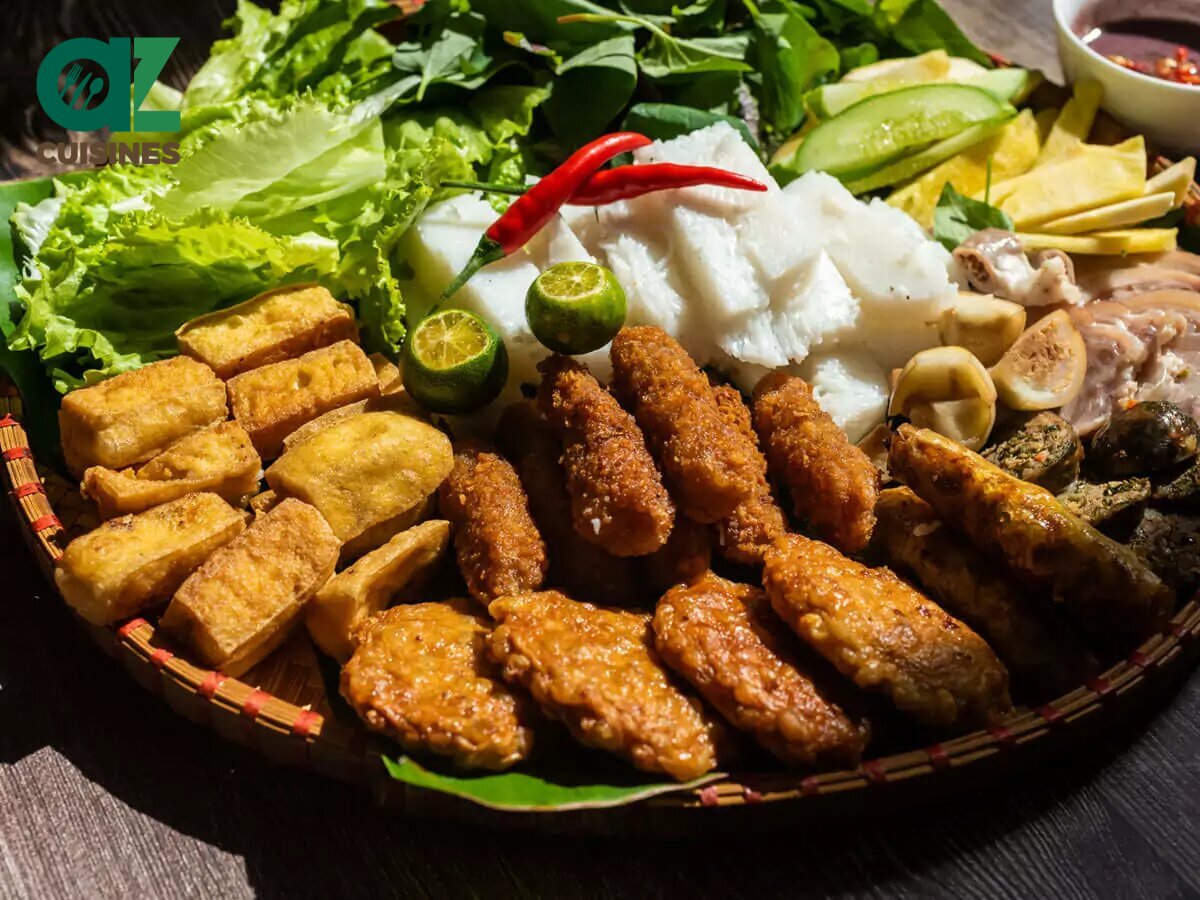
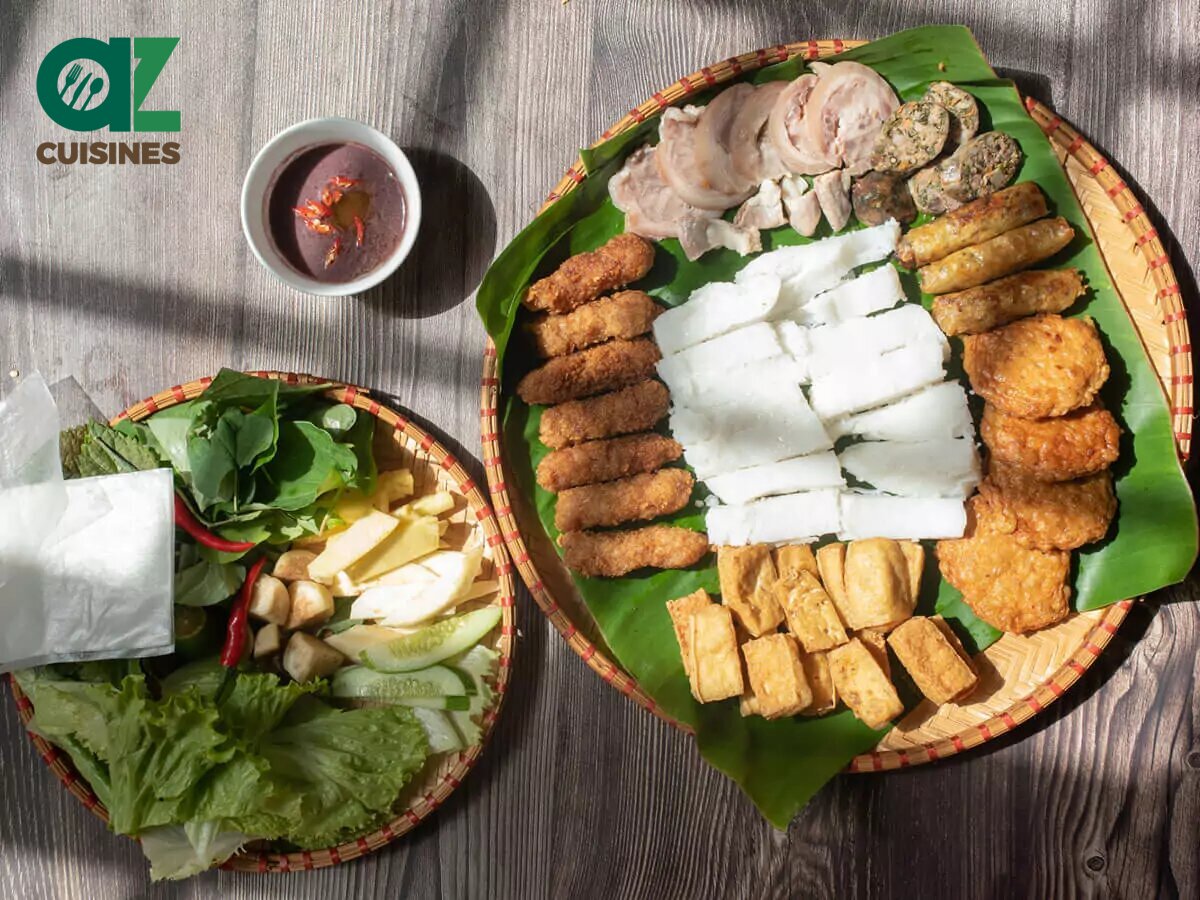
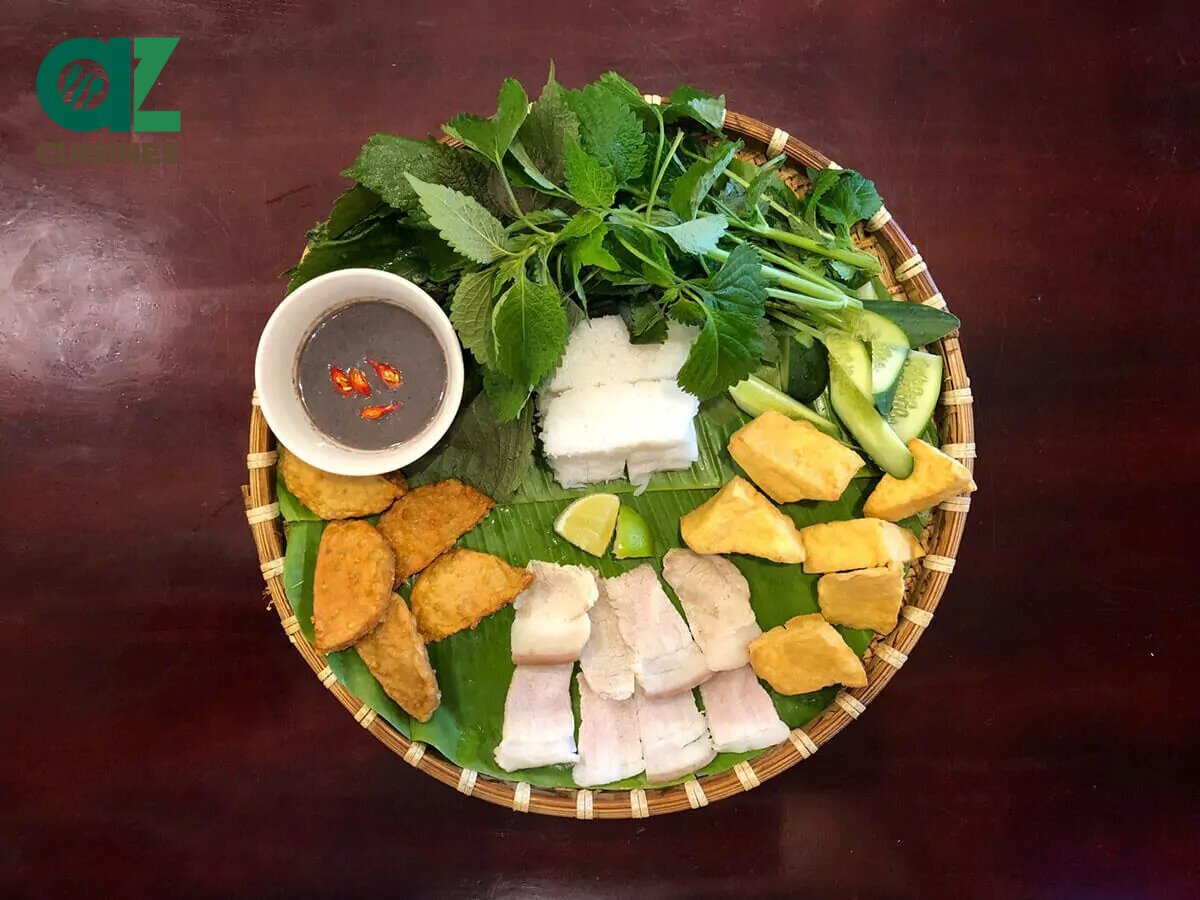
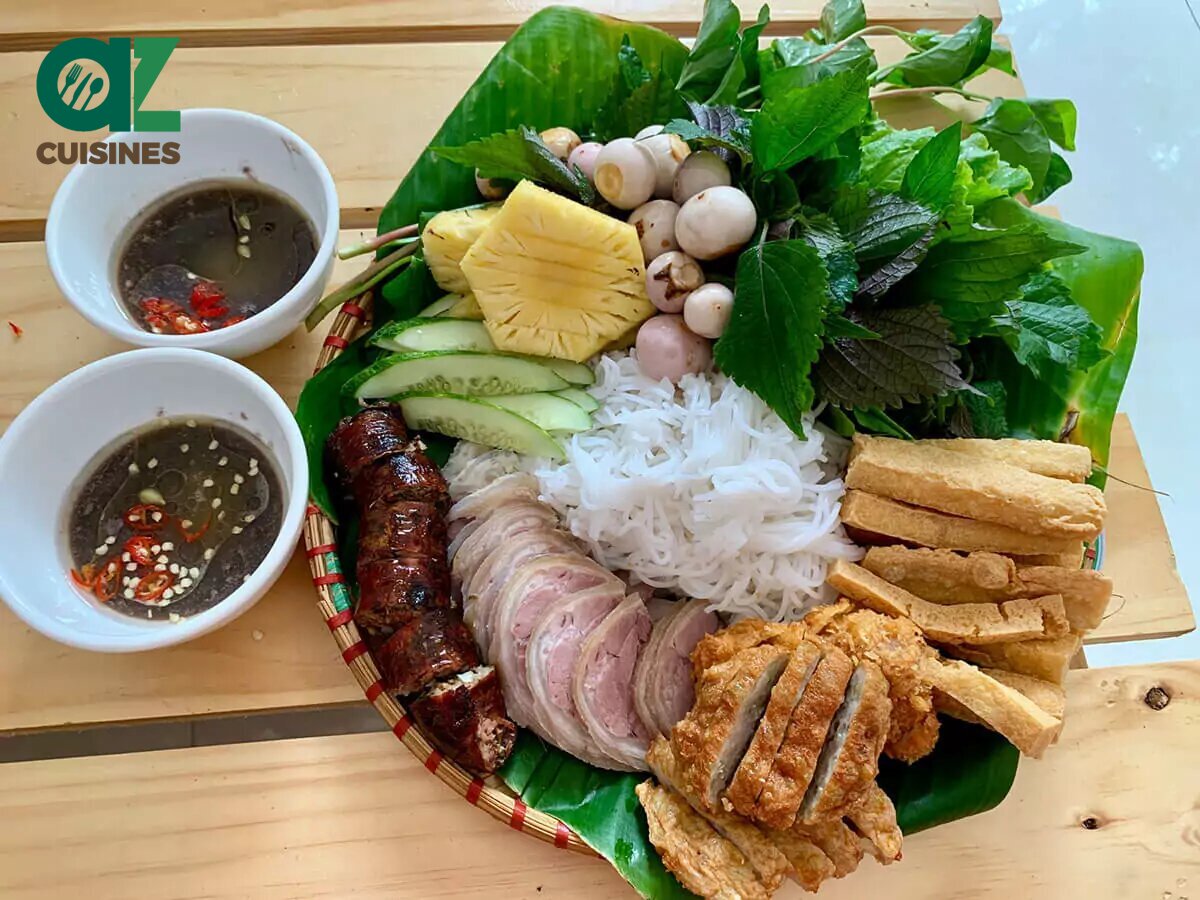
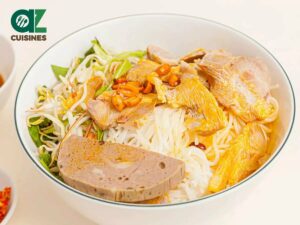
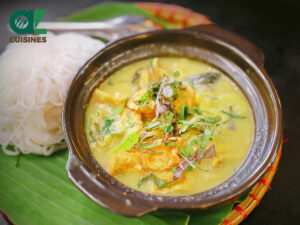
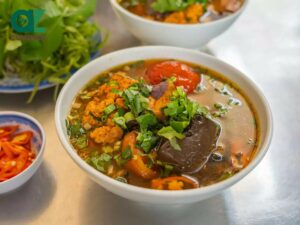
Truc Tran (Kris)
Senior Food Editor
Expertise
Home Cooking, Meal Planning, Recipe Development, Baking and Pastry, Food Editor, Cooking-video Maker, Vietnamese Food Evaluation Expert
Education
Truc Tran (Kris), an experienced food writer and editor, is great at exploring and describing global cuisines, from simple street food to fancy dining. In her writing, she skillfully mixes different flavors, cooking methods, and culinary traditions, showing the unique character of various cultures through their food and drinks. On azcuisines.com, Kris highlights her knowledge, especially in Asian cuisine and worldwide traditional dishes.